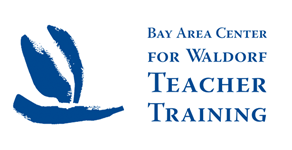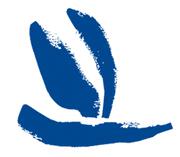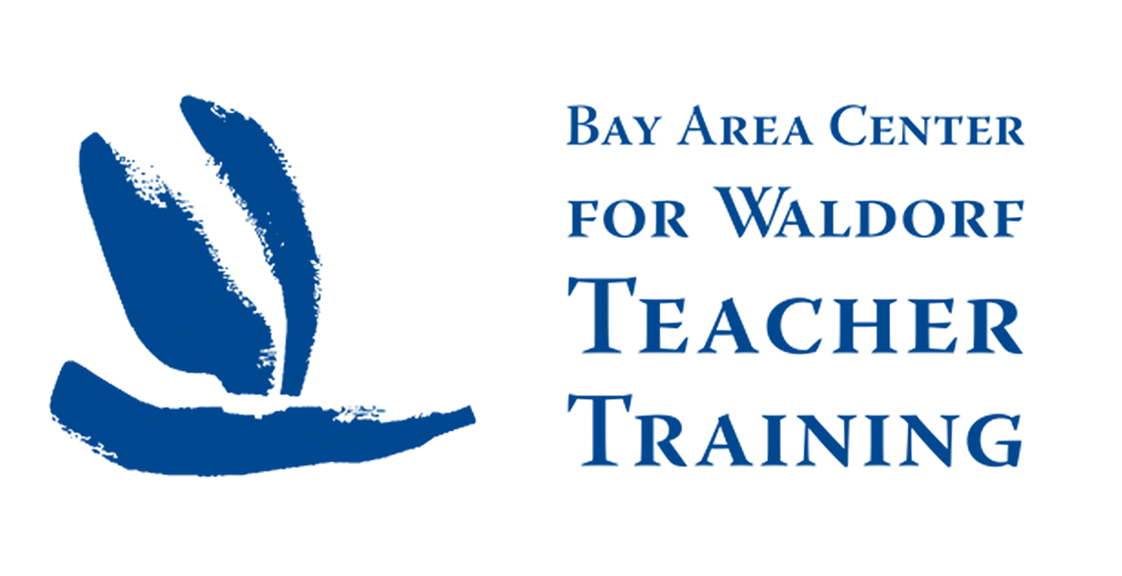Dear BACWTT Students, Alumni, Friends and Colleagues,
Here is the Calendar of the Soul verse for this week:
Verse 47
There wills to arise from womb of worlds,
Quickening the senses’ glory,
Joy of unfolding life.
May it find my thinking’s strength
Fortified by the powers of God
Which strongly live in my inmost self.
We were so busy with our teachers conference last week that there wasn’t a chance to write the newsletter, but I also want to refer back to last week’s verse:
Verse 46
The world it threatens to benumb
The inborn power of my soul
Now memory from spirit depths
Step forth in radiant light
And strengthening my beholding
Which by forces of the will alone
Is able to maintain itself.
It feels as though the content of Orland Bishop’s keynote speeches at last week’s conference was totally in line with the mood and underlying intentions of the verse. In feeling this connection between the depth of Orland’s presentations and the work that stands behind it, we can live into this verse more deeply and sense what it might mean if a verse from the Calendar of the Soul became the directing force and motif in our life’s work!
In this way, we can continue to grow our appreciation for the Calendar of the Soul – they create a roundel or mandala of the year. Like the 12 forms of the Zodiac that we move through during the year, raying in from the periphery, the 52 forms of the Calendar of the Soul ray in and bring to clarity the process each week. But like the powerful forms of the Zodiac, the 52 verses each in their own way stand for a practice – a way to be in the world, to take up ones life’s work.
I cannot begin to summarize what Orland brought to us last week, but at least I can point to some of the gestures that he brought that directly relate to Verse 46:
Do not let the world make you numb.
There is a deep and powerful memory accessible to each of us concerning our life’s work if we can listen to it.
Step into the world in light – do not hold the light to yourself.
Strengthen our ability to notice and feel what is happening around us.
This week’s verse leads us onward – out of winter and to the joys of spring. It has been possible to feel this energy of spring warming the earth and calling forth the plant life this week. Suddenly a memory of the summer appears – oh yes, I remember the smells and the feel of the air – and the knowing that it will soon be hot and dry again.
In the verse, Steiner quickly reminds of the need to connect this inner surging energy and delight of the senses with thinking’s strength.
Those of us working with young children (and older students – adolescents) know well enough the need for something to accompany this opening up and loosening up in the spring. The children have a more porous constitution than adults, and they embody and enact what is happening in the seasons outside. It is similar but opposite or complimentary to the way that we do not follow the bears into hibernation in their caves in the autumn; we now have to be careful not to follow the birds up into the pure blue sky of spring. In the way that Michaelmas helps us to acknowledge and support the human gesture in the fall, we are moving towards the opposite festival of Easter that acknowledges and supports the human gesture in the spring.
The expression “wills to arise from womb of worlds” gives a sense of the tremendous willpower in nature now as it awakens from winter’s sleep into activity. We can only imagine now what it was like to live in a time when our lives were much more in tune with nature – how powerful this call of spring would have been, how it could drive us to pack up our belongings and migrate to higher land and summer grazing for example. We can also imagine this energy driving us to embark on a strenuous bout of spring cleaning, to open up the house and let fresh clean air and sunlight purify our spaces and drive out all fustiness and lethargy.
I have the pleasure to teach 7th graders about the kidney this week in physiology, which is perfect timing as the kidney is the organ of spring cleaning. It does its work of filtering the blood in the same way that we would traditionally “spring clean” our homes. First, you take everything out of your house, clean it and then, item by item, you check and only allow back in what is really wanted. The rest goes to the dump or thrift store or, in the case of the kidneys, out through the urinary tract! It’s really hard to fathom how the kidneys can filter out about 40 gallons of waste each day – that’s more fluid than we have in us! But, of course, the second remarkable thing they do is to concentrate that filtrate down to about a quart or less of urine. This astonishing activity gives a picture of what is living in the verse – filtering/sorting/discerning and then concentrating – not in our physiology, but in our inner life of soul.
Perhaps when we delve into this week’s verse, we can feel the need for spring cleansing and a meaning for the practice of entering into a period of fasting during Lent. It was by accident that our conference began last week on February 17th, Ash Wednesday – the traditional beginning of Lent – but nevertheless we can feel that the timing was good. That there is a need for an inner strengthening, purifying or brightening to accompany the surging abundance of nature around us. That there is an inner firming up that should accompany the softening and warming of spring.
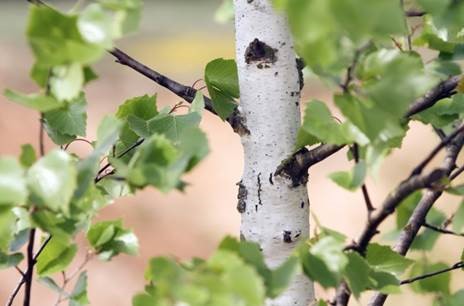
I am reminded of the benefits of drinking tea made from the newly sprouted, spring leaves of the birch tree at this time of year. The birch tree embodies a quality of gentleness, light and clarity. As a tree connected with the planet Venus, it also has an intimate, inner connection with the kidneys. The tea supports the kidneys in their clarifying and concentrating work at this time of year – of the opening up of the house to let the fresh air and light in, and the focusing in to what is essential and what is not.
Working with the image of the birch tree can also point us in a good direction; the way that it holds itself lightly in relation to gravity, the way that it bursts into life – gently – the way that it lives in the light. You can also sense, as in the sketch below, how carefully and delicately painting with watercolor is a good medium for expressing these qualities, for keeping the light in the image and resisting the urge to become too earthy or energetic.
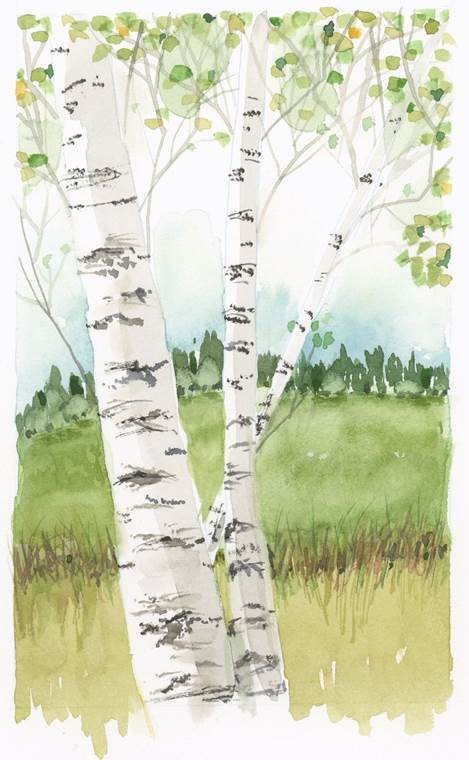
In the verse, Steiner draws our attention to the importance of thinking at this time. Thinking, which we have been able to become more closely connected with during the winter, can now act as a kind of cleansing force or as a kind of spring tonic that “fortifies“ us. Using the image of the birch tree, we can now regard thinking as a force that helps hold us lightly on track, amidst powerful and wild-growth energies.
Returning to the idea that this season is opposite and complementary to the autumn and the festival of Michaelmas – when we need an enlivening of the will and a warming of the blood to balance the activity of nature – we can feel the need now for a purifying of the will and a clarifying of the blood.
In our work as teachers, we can try to tap into this moment and bring the correct “fortifying tonic” into our class. Surely, after a year of learning on Zoom and all the shenanigans that have accompanied it, there is a need for a deep detox.
How can we adjust and tune the thinking element in our classes right now, so that it brings a quality that enlivens, lightens and clarifies the inner world of our students?
Ken
Kenneth Smith
Director
BACWTT
